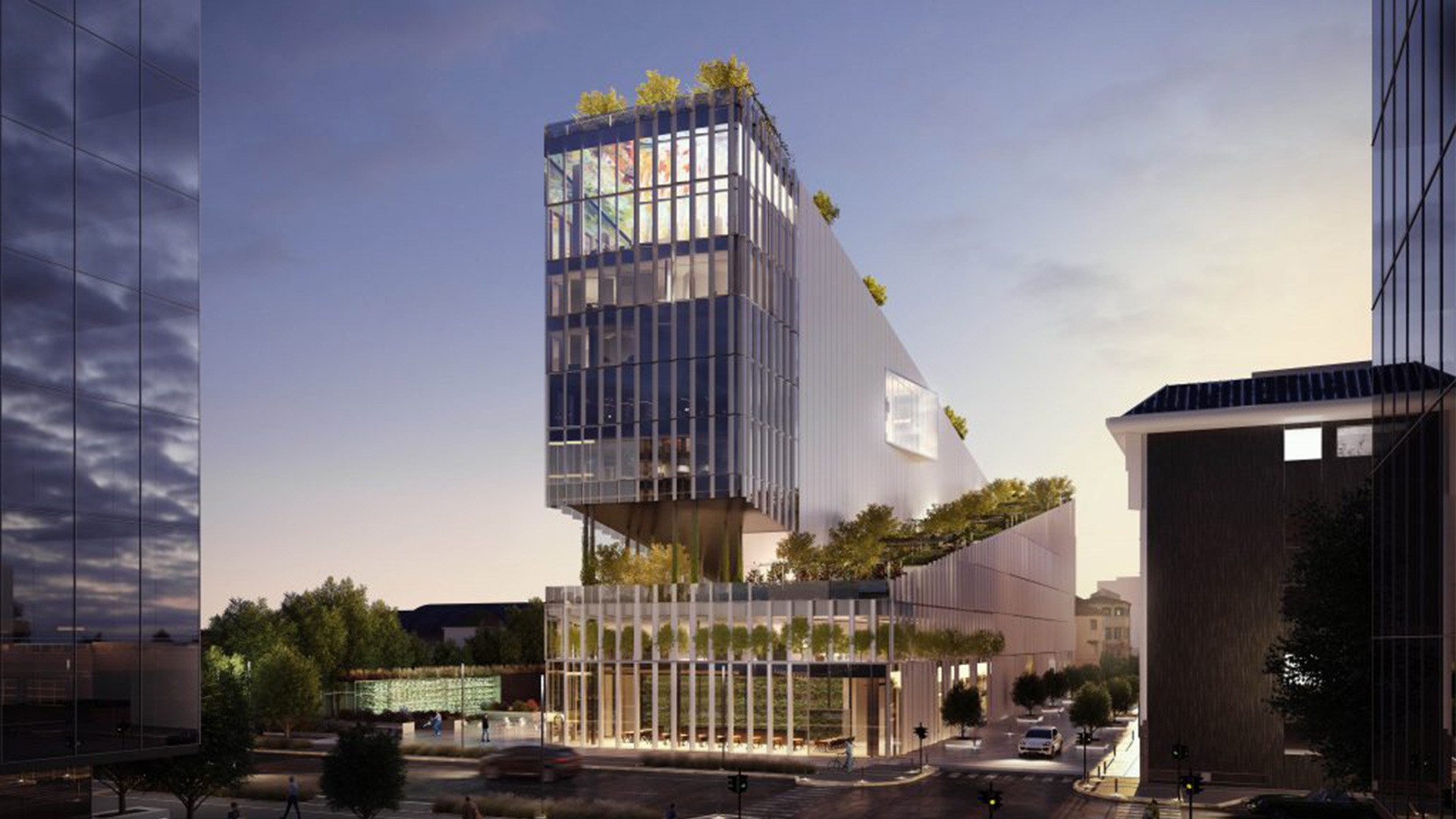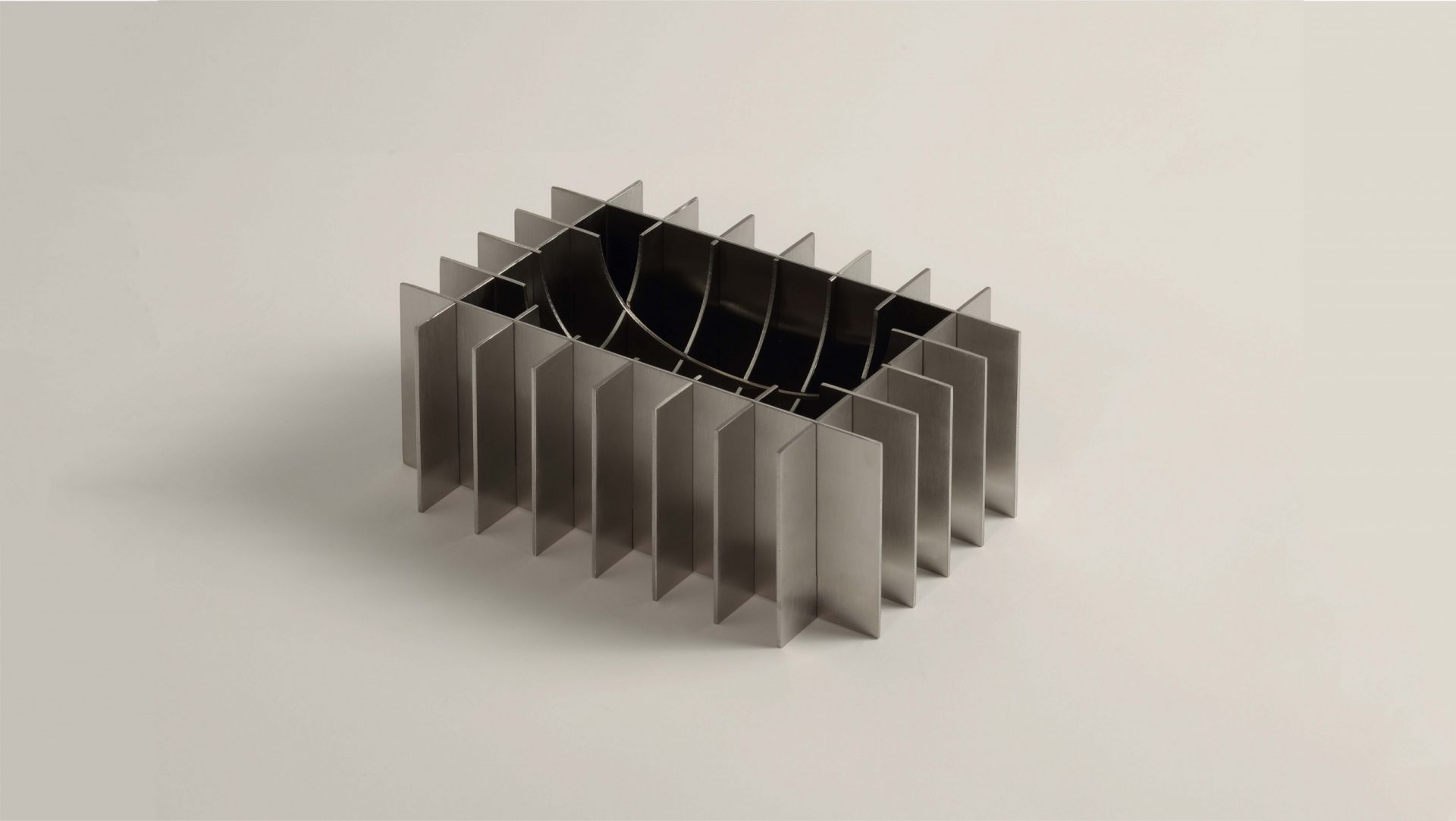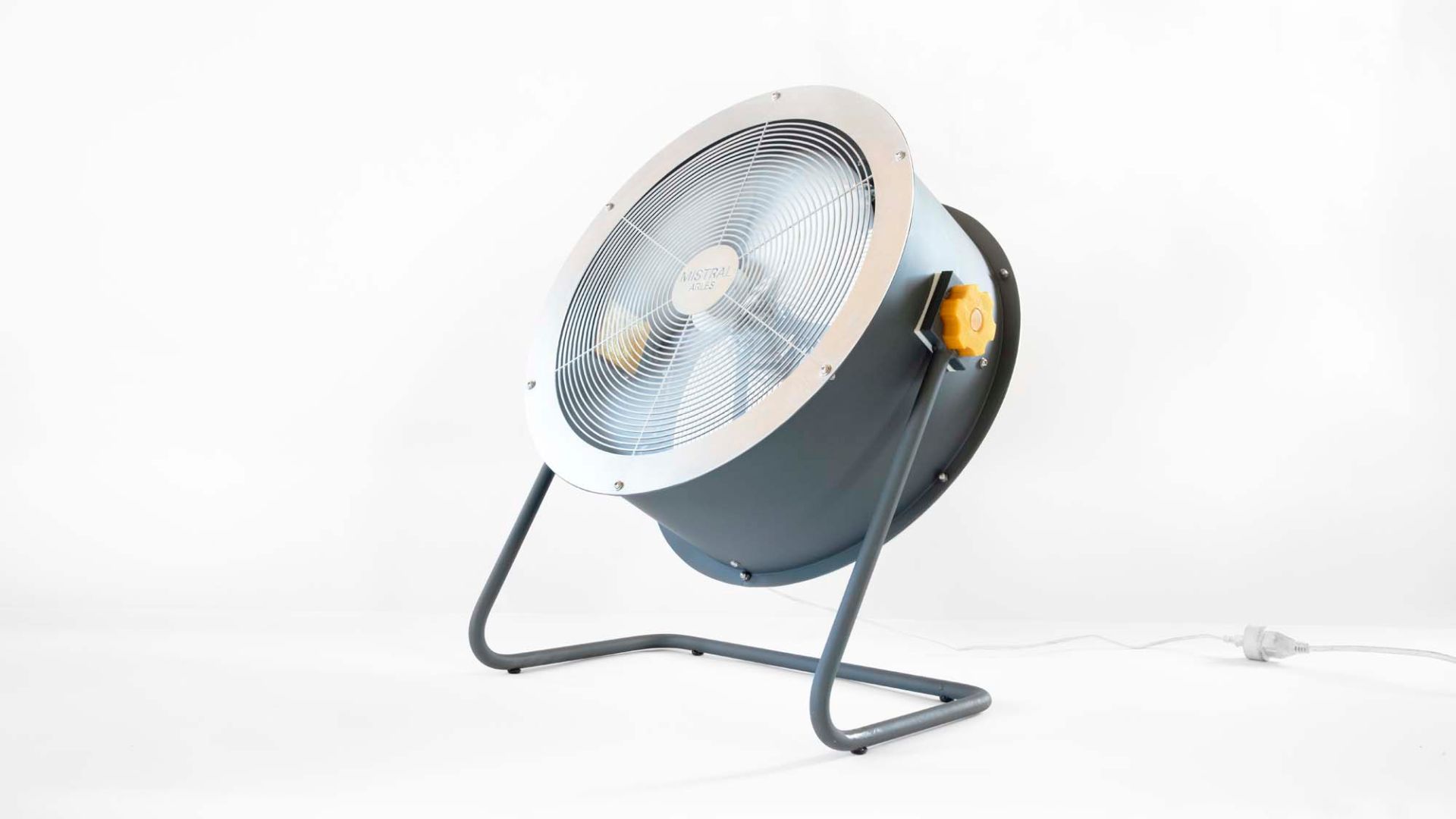Interview with Giovanni De Niederhäusern, CEO at Carlo Ratti Associati
Carlo Ratti Associati holds the spot as one of the most innovative and multidisciplinary studios on a worldwide scale

Operating across design and architecture, Carlo Ratti Associati (CRA) team infuses a high dose of technology in each one of their game-changing projects.
For instance, their most recent installation “Feel the Peel” created in collaboration with Eni serves fresh orange juice squeezed into cups 3D-printed out of orange peels.
Last time he was in New York, the founder of DesignWanted Patrick Abbattista had the chance to meet Giovanni De Niederhausern, CEO at Carlo Ratti Associati, to discover some intriguing insights: from the omnichannel approach of the studio to their proprietary “social impact protocol” applied to every single project, the central role of data and the interaction of physical and digital spaces.

What does it mean to use technology in a design and or architecture project?
Giovanni De Niederhäusern:
“Our approach is to apply technology to transform the environment in which we live and make it alive. Alive, for us, means more dynamic and responsive to the user. Therefore, we always start with the user.
Our approach is very much user-centred. We never start from the technology, we start from the user, we understand his needs and the experience that we want to create.
Based on that, then we move to a feasibility starting phase in which we scout technologies in order to deliver the experience that we have imagined. We don’t do technological development inside the company.”

Scribit transforms every home wall or shop window into a canvas for temporary drawings executed automatically by the machine through app control.
Innovation is advancing rapidly, it is often difficult to determine whether new technologies have a really positive impact on users, rather than neutral or even harmful in the long run. What is your position in this regard, given the widespread use of technology in your projects?
Giovanni De Niederhäusern:
“In order to understand the impact of new and emerging technologies on our projects, therefore on users and society more in general, we have developed a social impact protocol.
The social impact protocol is an internal protocol that supports the designers and the project manager.
Since the very beginning of the project, we work to define the social impact and social value that we want to create, the additional resources that we want to dedicate to obtaining a positive social impact and we also define the KPI’s to measure the impacts of the projects once it’s realized.
Obviously, this is something that we agree and share with the client. Most of the time, this is agreed in the negotiation of the contract. And throughout the process, we define the stakeholders and values that we want to create for each and every stakeholder.
The social impact must be intentional. We don’t want to simply create positive externalities. We want to be aware of the impact that we are going to generate through our projects by applying advanced and integrated technologies to our design.”

You have created several interactive installations for renowned brands. What role do your projects play in a corporate marketing strategy targeting consumers?
Giovanni De Niederhäusern:
“Our work is most of the times B2B. I would say, B to C through B in the sense that our clients always deal with the final users. The final users can be citizens, a city user or customers of our clients. So, we always have to take into account the impact on the end-user.
This means that if the company is a commercial entity, the final aim of the project is to create a unique experience for the customer or also the consumer if we are talking about a product.
If we talk about communication and marketing, we also have a press office which is pretty strong. We do several new projects and constantly try to do innovation. Of course, we cannot say that we are doing innovation. But since we want to do it and work in an open-innovation environment, communication is very important, especially through social media, blogs and websites.
At CRA, we also measure the media coverage we generate. For instance, we have a couple of tools with which we aggregate data and, at the end of every project, that obviously has an external communication impact, we also give the client a report that calculates the media response of the initiative.
It helps us to demonstrate that the project was successful, and it is useful for the client who can share it internally with his teams.”

What design and business approach differentiate Carlo Ratti Associati from the other design studios?
Giovanni De Niederhäusern:
“Ours is very much an omnichannel approach. We want to create, for the user, a very coherent and unique experience throughout different sales channels. Therefore, we want to integrate a digital experience in the physical retail space.
At the same time, the digital interaction and the digital interface have to be coherent with the online retail platform or the digital channels in a certain way.
More and more, we are also working on what we call “ephemeral retail spaces”. They are a new kind of sales channel that allows brands and corporations to create a temporary, more personalized experience for their users or customers.
From a project perspective, I think that what differentiates CRA from other design firms or architectural firms is that we work across all design scales.
Since we always work on projects where we can leverage on the interaction between physical and digital spaces, we need to be able to move throughout all design scales, also because technology makes everything very fluid.
Of course, we don’t do everything, we’re not schizophrenic, but working in a niche allows us to experiment all forms of design. So, we go from service design to product design, interior design, architecture and master planning.
This is kind of unique because when I do a business plan for a company and I have to do a market analysis, I don’t really find companies that have the same approach. If you move more towards the service design or product design maybe I can compare CRA to some companies like Frog or Continuum.
But you know, companies like Continuum or Frog or Lunar, they don’t do master planning. As said, there are not many firms that are able, through technology, to move so fluidly across all scales. I give you an example that explains why moving across those scales is very important for us.
We work with technology that works with data. So data is produced by us, as single users, and then aggregated. Once you aggregate and visualize data, it informs you on many aspects and influences the design at a larger scale.
So, if I’m doing a master plan, for example, I need to collect and analyze data produced by single citizens. The single citizen produces the data through an interface, through an app or to an accessing service, and I have to be able to think about that service.
So I have to be able to move from micro scenarios to the big picture: from one-to-one interactions with a single user to the impact that all users aggregated have on the city.”

What is a project that you have not yet realized and would like to develop?
Giovanni De Niederhäusern:
“We would love to create a foundation, a non-profit entity that will support CRA in trying to push forward innovation. Not just through design projects, but also through cultural projects. Most of the profits from CRA go into a fund that ultimately would be transformed into a foundation and the fund or the foundation would be able to finance cultural projects related to innovation or to accelerate design ideas that we had internally.
It’s very different from working for a client. We could invest in our own ideas or, even more, on cultural initiatives. This would allow us to distil the value of cultural technology and innovation from the design process and from the more technological and business aspects.
In the past, we have done some experiments also with our clients. For instance, the Makr-Shakr project represents a different way of working. We had a good idea, we produced the idea for the client, keeping and retaining their Intellectual Property.
In this case, the construction of the project was also kind of a market test. When we saw the reaction of the public, we understood that the project could become a product.
With Coca-Cola and Bacardi, we did an installation using Makr-Shakr for just a week during the Milan Design Week. The project had a huge success in terms of communication and we got several requests from prospect client to replicate that idea. So, that was a test in the sense that we understood that there was a strong market.
It justified, with very limited risk, the creation of a new company to start producing robot bartenders.
So, this is pretty different from doing a foundation in which we have a budget that you can spend for a dedicated initiative.”

In your opinion, what will be the most disruptive technology over the next 10 years? And how will Carlo Ratti Associates be transformed in 10 years?
Giovanni De Niederhäusern:
“In terms of cities, for example, it will be self-driving cars. Not because when you drive a self-driving car you will be able to read the newspaper or to surf a website, but because we think that this will allow to fully share cars among different users.
So, we imagine cars driving us to the office and then pick up my mother, and then a friend of mine and so on. In this field, there is a complete relation between public and private mobility.
If you imagine a mobility system in which all the assets, all the cars are shared, this is obviously a game-changer in terms of breaking the boundaries between public and private mobility.
This is for sure a technology that will have a huge impact on cities.
We did some studies that demonstrate that if you apply this approach to car sharing you can reduce the number of cars by 50 or 60 per cent. Can you imagine a city with so much fewer cars?

Regarding us, should I imagine CRA in ten years from now, well, I think that both CRA and many design firms will be more and more multi-disciplinary. Architectural design is becoming very complex because there is a lot of regulation, bureaucracy, technologies and stakeholders engaged in the process.
So, I see a very multi-disciplinary company with fewer architects and more sociologists, data analysts or makers and also business people, because business is more and more a strategic part of the design process, to make it sustainable from an economic perspective.
I see a company that will rely more and more on data, both through BIM and parametric modelling and so on. Also, it will be essential to learn how to interpret data. As I was saying in the beginning, the impact that design can have on society is represented by data.”
The project New Deal incorporates self-driving vehicles, drones, autonomous shuttles and data-driven multimodality developing the traditional mobility landscape.
In a nutshell, what is Design for Carlo Ratti Associati?
Giovanni De Niederhausern:
“For us, design is a way to do old things in a new way. So, it’s almost a way to rethink and improve society.”














